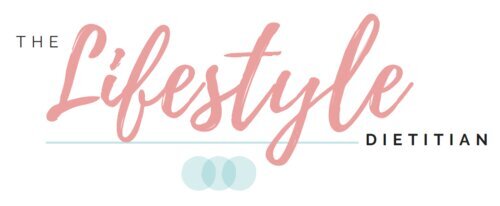Tuning into your Hunger and Fullness
As children, we are born with an innate ability to listen to our bodies. We eat when we are hungry and stop when we are full. Recognising and honouring our bodies’ internal hunger and fullness cues allows us to make food choices based on our unique needs which change day-to-day and meal-to-meal. Tuning into these cues helps us identify when we need more food to fuel ourselves or when our portion is too much. It also helps us become more aware of when we are using food for reasons other than hunger, such as our emotions, situation or environment.
As we get older, we often lose touch with how hunger and fullness feel. We may have been told to finish everything on our plates even if we were full or wait until the school lunch bell rings to eat despite being hungry. Even in our current world, we are constantly bombarded by messages from the media on the "perfect diet". It’s no wonder we struggle to listen to our natural appetites!
To reconnect with our cues, we can use The Hunger-Fullness scale. This tool rates different levels of hunger and fullness from 1 (extreme hunger) to 10 (painfully full).
PUTTING IT INTO PRACTICE
Grab a diary and rate yourself on the scale before, during and after each meal and observe any patterns. How regularly do you check in with your fullness? Do you eat past fullness? How does the point you start eating impact the point you stop? Do you eat when you are not hungry? No matter where you fall on the scale, approach this with curiosity and compassion.
If we regularly find ourselves at “1” or “2”, we can experience “hanger” (yes, this is real!) and become vulnerable to rash decisions around food. This might look like a loss of control once we start eating, overeating poor food choices or having difficulty stopping past the point of fullness. We can step away from this rollercoaster by checking in more regularly with our cues and topping up with a meal or snack more often.
If we find we often reach for food at a “5”, we may benefit from reflecting on any external cues which influence our desire to eat. This could be the office kitchen with multiple jars of cookies, the people we are with at a birthday party or the emotions we are feeling during a distressing situation. Once we identify the reason, we can plan other strategies to turn to rather than relying solely on food.
Simply increasing your hunger and fullness awareness will build your ability to eat intuitively and mindfully. The aim is to trust and respond appropriately to our internal cues without becoming rigid about food. Remember, using food for reasons other than hunger is normal! The more you practice this the better you will understand what your body needs and make choices that align with what it’s asking for.
If tuning into your hunger and fullness is challenging and triggers overwhelm, you can book with one of our Dietitians for one-on-one support.

